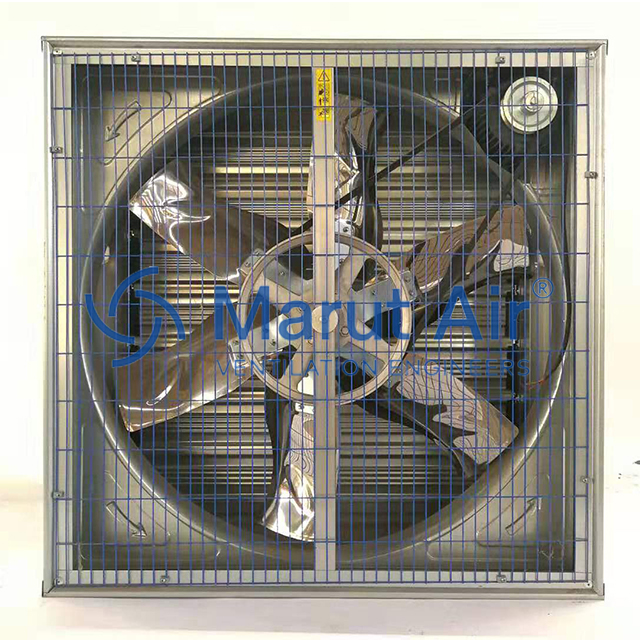Heavy duty exhaust fans are essential for maintaining air quality in industrial and commercial settings. Proper installation ensures these powerful fans work efficiently and safely. Here are some key tips to help you with the installation of heavy duty exhaust fans.
1. Choose the Right Location
Selecting the ideal location is crucial for optimal performance. Place the fan where it can effectively expel stale air while pulling in fresh air. Ensure there are no obstructions, such as walls or large equipment, that might hinder airflow. The fan should be installed high on the wall or ceiling to take advantage of rising hot air.
2. Ensure Adequate Support
Heavy duty exhaust fans are robust and require strong support. Before installation, check that the mounting surface is sturdy enough to hold the fan’s weight. Reinforce the mounting area if necessary, using brackets or additional framing to prevent any vibrations or movement during operation.
3. Proper Electrical Connections
Electrical wiring is a critical aspect of the installation. Ensure that the fan is connected to a dedicated circuit with the correct voltage rating. Use appropriately rated cables, and consider hiring a certified electrician to ensure all connections meet local codes and safety standards. Incorporate a disconnect switch for maintenance purposes.
4. Seal and Insulate Ductwork
If your exhaust fan connects to ductwork, ensure that all joints are properly sealed to prevent air leaks. Use quality duct tape or metal clamps to secure connections. Additionally, insulating the ductwork helps maintain efficiency by reducing heat loss or gain as air travels through the ducts.
5. Test the Airflow
Once installed, it’s important to test the airflow to ensure the fan is functioning correctly. Use an anemometer to measure the air velocity at different points of the exhaust system. This will help you identify any blockages or issues with the fan’s performance.
6. Regular Maintenance
After installation, regular maintenance is key to extending the life of your heavy duty exhaust fan. Clean the blades and motor periodically to remove dust and debris. Check the mounting and electrical connections to ensure everything remains secure over time.
7. Safety Considerations
Safety should be a top priority during installation. Ensure all work is performed according to local building codes and safety regulations. Use proper personal protective equipment (PPE) such as gloves, safety glasses, and a hard hat. Make sure the fan is properly grounded to prevent electrical shocks.
Conclusion
Proper installation of heavy duty exhaust fans is essential for ensuring efficient operation and long-term reliability. By following these tips, you can help ensure that your exhaust fan performs optimally and safely. Whether you’re tackling the installation yourself or hiring a professional, attention to detail will make all the difference in the performance and longevity of your system.

